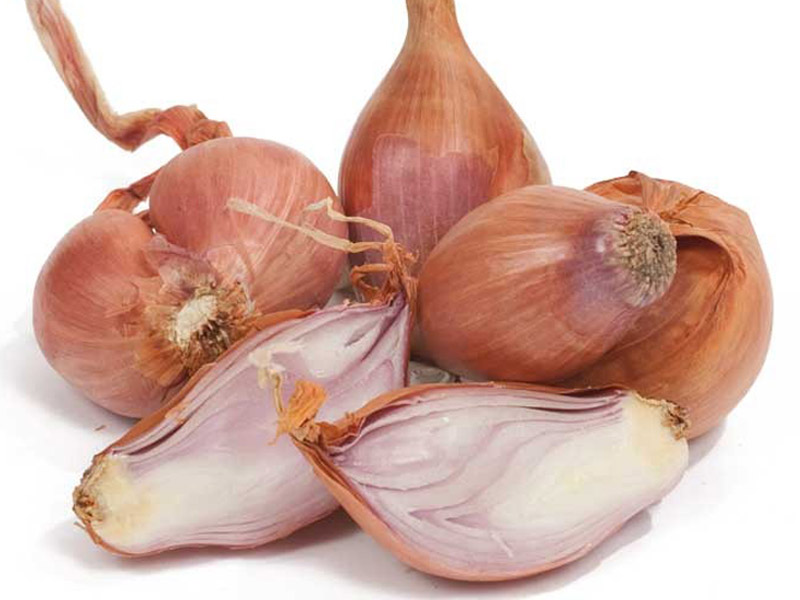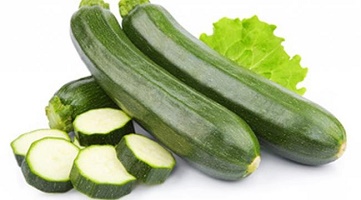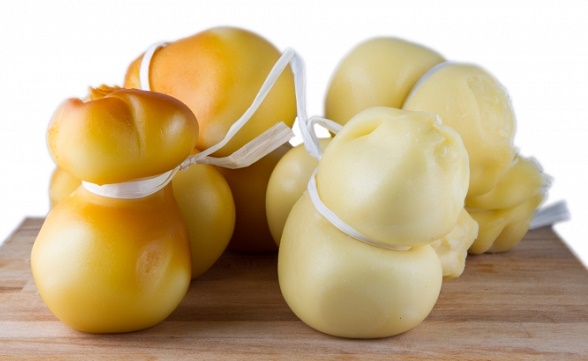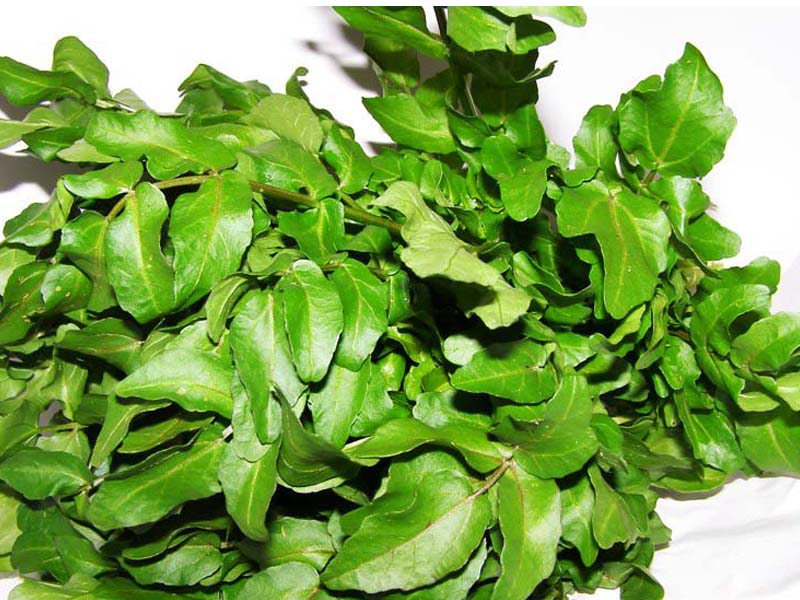
Garden cress
The term watercress, in Italy, indicate two types of herbaceous plants:
1. Watercress also said “Schino or Rorippa”
2. Watercress in English gardens called “garden cress“
These two plants both belong to the family of “Brassicaceae“, but differ only by gender, habitat, species, cultivation and properties and uses in the culinary field.
Binomial nomenclature watercress garden corresponds to “Lepidium sativum” (garden cress) and is a very small aromatic herbaceous plant that grows on an annual cycle, and appears to be from India. Its main feature is its very rapid growth and its typical spicy taste.
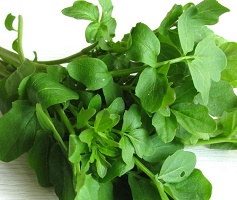
In some Anglo-Saxon countries, this plant is associated with the mustard and because of its virtues and special taste qualities, is called “garden peppers cress”. The garden cress can grow in height up to about 60 centimeters, but usually is collected within 20 centimeters, and is capable of branching in the upper part of the plant. The stem and leaves are bright green, and near the root tends to white; tiny flowers are grouped and white pinkish. This plant is widely cultivated not only for private individuals but also industrially in England, Holland, France and Scandinavia, while in Italy occupies a minor place. It lends itself well to hydroponic culture and grows in slightly alkaline water.
Very often the amount of garden cress commercially available, it is not enough to cover the needs of communities that make extensive use and this is attributable to the fact that the plant needs immediate consumption especially fresh. Garden cress it easy to grow indoors, and his crop is very fast, in fact, can be grown both with the classic seed, either by transplanting of seedlings have already begun to grow, and usually just about two weeks after the seeding, because the plant can reach 5 to 13 cm in height. With this rapid growth, garden cress plant is used as “test”, to check the health of the soil.
Watercress
Also, watercress such as garden one, is an aromatic plant that belongs to the family of the “Brassicaceae”, the medicinal species and its binomial nomenclature is “Nasturtium officinale”.
This name is due to its many aromatic and also taste properties, in fact its original name would be translated “Twisted Nose”, for its strong acrid and very pungent odor that emits the leaves, while the term officinale has been attributed to the use in herbal therapeutic area.

The watercress, as the name implies, grows along the rivers not polluted and little calm in the mountains and also in the plains and in the temperate zones of our planet. The plant needs to hold to soak the roots in full and therefore always very humid and the soil should be very shady. The stem of the water cress, is erect and prostrate, with a length that may even reach 100 centimeters. The leaves are shiny green and very fleshy and are present in alternation while the small flowers have white petals and are collected in clusters.
As regards the fruits are cylindrical siliques that interiorly contain the seeds and the roots, they are collated and adventitious very close to the ground. Often this plant is confused with the “Cardamine” bitter, which differs for the matte color of the leaves and also for the absence of the organoleptic characteristics and which does have watercress.
This plant has many features and among the many herbal medicine include:
1. capacity mineralizing
2. capacity diuretic
3. purifying capacity
4. anti anemia
5. expectorant
6. decongestant for the liver
7. hypoglycemic
Finally it is also used for pulmonary diseases.
Uses in the kitchen
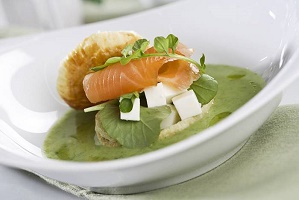
The garden cress is great to taste both in soups that in sandwiches, in the form of both fresh shoots that dried, and also represents one of the main ingredients for the realization of salads in India. In Anglo-Saxon countries, their typical sandwich with garden cress is achieved with the addition of boiled eggs, salt and mayonnaise. As for the gastronomic consumption of watercress, we can say that is consumed mainly cooked after being washed.
This plant is the protagonist of many culinary processing for the production of herbs cooked and well sauté, omelets flavored eggs, the Florentine acqua-cotta (water-cooked), soups and many more.
Even the watercress, as most of the aromatic plants, undergoes a transformation unfavorable as regards the aroma and the taste once cooked, in fact precisely to maintain intact these qualities, it is preferable for the raw consume realization of salads, of course after washing it thoroughly.


